 Blog's Page
Blog's Page
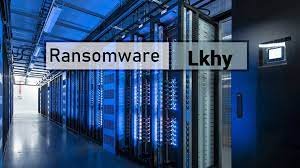
A Comprehensive Examination Of Lkhy Has Revealed Its Malicious Intent As A Dangerous Form Of Malware Meticulously Designed To Encrypt Victims' Data. Lkhy Ransomware Insidious Program Falls Under The Category Of Ransomware, A Type Of Malware Infamous For Its Extortion Tactics.
The Primary Goal Of The Perpetrators Behind Such Malicious Software Is To Encrypt Vital Files On Compromised Devices And Subsequently Extort A Ransom From The Affected Individuals Or Organizations.
Lkhy Ransomware Achieves Its Nefarious Objectives By Modifying The Filenames Of The Targeted Files, Appending The '.lkhy' Extension To Their Original Names. For Example, A File Named '1.png' Would Be Transformed Into '1.png.lkhy,' While '2.pdf' Would Become '2.pdf.lkhy,' And So On.
Moreover, As Part Of Its Operation, Lkhy Generates A Ransom Note In The Form Of A Text File Titled '_readme.txt.' This Ransom Note Contains Detailed Instructions For Making The Payment And Provides Contact Information For The Perpetrators, Further Adding To The Sense Of Urgency And Intimidation Experienced By The Victims.
Victims Of The Lkhy Ransomware Are Left With The Following Ransom Note:
'ATTENTION!
Don't Worry, You Can Return All Your Files!
All Your Files Like Pictures, Databases, Documents And Other Important Are Encrypted With Strongest Encryption And Unique Key.
The Only Method Of Recovering Files Is To Purchase Decrypt Tool And Unique Key For You.
This Software Will Decrypt All Your Encrypted Files.
What Guarantees You Have?
You Can Send One Of Your Encrypted File From Your PC And We Decrypt It For Free.
But We Can Decrypt Only 1 File For Free. File Must Not Contain Valuable Information.
Do Not Ask Assistants From Youtube And Recovery Data Sites For Help In Recovering Your Data.
They Can Use Your Free Decryption Quota And Scam You.
Our Contact Is Emails In This Text Document Only.
You Can Get And Look Video Overview Decrypt Tool:
hxxps://we.tl/t-uNdL2KHHdy
Price Of Private Key And Decrypt Software Is $999.
Discount 50% Available If You Contact Us First 72 Hours, That's Price For You Is $499.
Please Note That You'll Never Restore Your Data Without Payment.
Check Your E-mail "Spam" Or "Junk" Folder If You Don't Get Answer More Than 6 Hours.
To Get This Software You Need Write On Our E-mail:
support@freshingmail.top
Reserve E-mail Address To Contact Us:
datarestorehelpyou@airmail.cc
Your Personal ID:'
The Ransom Note Issued By The Lkhy Ransomware Outlines That A Wide Array Of Files, Spanning From Images To Databases And Various Documents, Has Been Encrypted Using A Robust Algorithm. The Sole Avenue For Recovering These Files Is By Acquiring A Specialized Decrypt Tool Coupled With A Unique Key.
The Perpetrators Demand A Payment Of $999 To Provide Access To These Indispensable Tools, Sweetening The Deal With A 50% Discount If The Victim Responds Within A 72-hour Window.
Furthermore, The Cybercriminals Showcase Their Decryption Prowess By Offering To Decrypt One File At No Charge, Provided The Submitted File Lacks Significant Information. Contact With The Attackers Is Facilitated Through Designated Email Addresses: support@freshingmail.top And datarestorehelpyou@airmail.cc.
Victims Are Strongly Cautioned Against Entering Negotiations With Ransomware Attackers Or Making Any Ransom Payments. Regrettably, The Prospect Of Recovering The Lost Files Without Payment Is Either Unattainable Or Exceedingly Improbable.
Additionally, It Is Imperative For Victims To Swiftly Eradicate The Ransomware From Compromised Systems To Mitigate The Risk Of Further Encryptions And Curtail Potential Propagation Within A Local Network. Prompt Action Is Paramount In Minimizing The Fallout From Such Malevolent Assaults.
Ensuring Data And Device Protection Against Ransomware Attacks Requires A Comprehensive Approach That Integrates Proactive Security Measures And Heightened User Awareness. To Effectively Safeguard Data And Devices, Users Should Consider Adopting The Following Crucial Security Practices:
Install And Update Anti-malware Software: Utilize A Robust Anti-malware Program Capable Of Identifying And Thwarting Known Ransomware Threats. Regularly Update This Security Software To Stay Ahead Of Emerging Threats.
Enable Firewall Protection: Activate The Built-in Firewall On All Devices To Regulate Incoming And Outgoing Network Traffic, Blocking Potentially Hazardous Connections That Could Compromise System Integrity.
Keep Operating Systems And Software Up To Date: Consistently Apply Security Patches And Updates For Operating Systems, Applications, And Software To Address Known Vulnerabilities Exploited By Ransomware Attackers.
Exercise Caution With Email Attachments And Links: Exercise Caution When Handling Email Attachments And Links, Especially From Unknown Sources. Avoid Clicking On Suspicious Links And Refrain From Downloading Attachments From Untrusted Senders.
Implement Strong Passwords And Two-Factor Authentication (2FA): Enhance Account Security By Using Complex, Unique Passwords For All Accounts, Including Email And Online Services. Enable Two-Factor Authentication (2FA) Whenever Possible To Add An Extra Layer Of Protection.
Regular Data Backups: Establish A Routine Backup Schedule For Critical Data And Store Backups On External, Secure Devices. Disconnect These Backups From The Network After Completion To Prevent Potential Compromise.
Disable Macros In Office Documents: Disable Macros In Office Documents By Default, As Ransomware Often Spreads Through Unsafe Macros. Only Enable Macros When Necessary And From Trusted Sources To Minimize Infection Risk.
Secure Remote Desktop Protocol (RDP): Strengthen RDP Security By Implementing Strong Passwords, Restricting Access To Specific IP Addresses, And Considering The Use Of A Virtual Private Network (VPN) For Added Protection.
By Implementing These Security Measures And Maintaining Vigilance, Users Can Significantly Reduce The Likelihood Of Falling Victim To Ransomware Attacks, Thereby Safeguarding Their Data And Devices From Potential Harm.
Removing Malware From A Windows Computer Involves A Combination Of Using Antivirus Or Anti-malware Tools, Performing System Scans, And Taking Manual Actions To Eliminate The Malicious Software. Here's A Step-by-step Guide:
Ctrl + Shift + Esc To Open Task Manager.Win + R To Open The Run Dialog, Type cleanmgr, And Press Enter.Remember To Maintain Good Security Practices, Such As Keeping Your Operating System And Software Up-to-date, Using A Reputable Antivirus Program, And Being Cautious When Clicking On Links Or Downloading Files From The Internet. Regularly Backing Up Your Important Data Is Also Crucial To Mitigate The Impact Of Potential Infections.
If You Have Malwarebytes Installed On Your Computer And It Has Detected Malware, Follow These Steps To Remove The Malware:
Open Malwarebytes:
Update Malwarebytes:
Run A Threat Scan:
Review Scan Results:
Quarantine Or Remove Threats:
Reboot Your Computer:
Check For Persistence:
Monitor For Issues:
Clear Browser Data:
Reset Browser Settings:
Review Installed Programs:
Change Passwords:
Update Operating System:



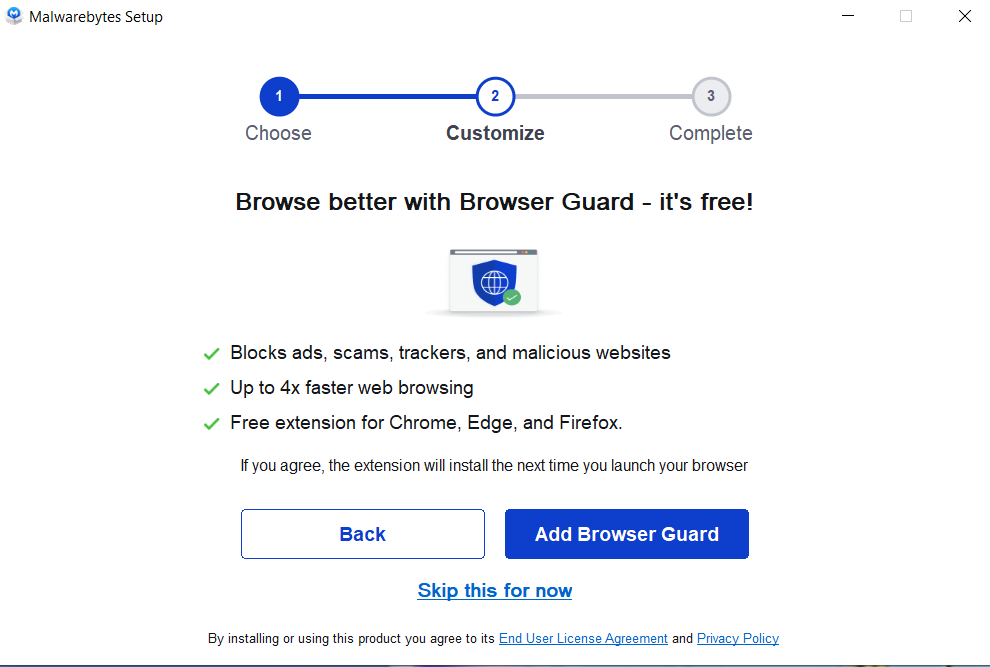
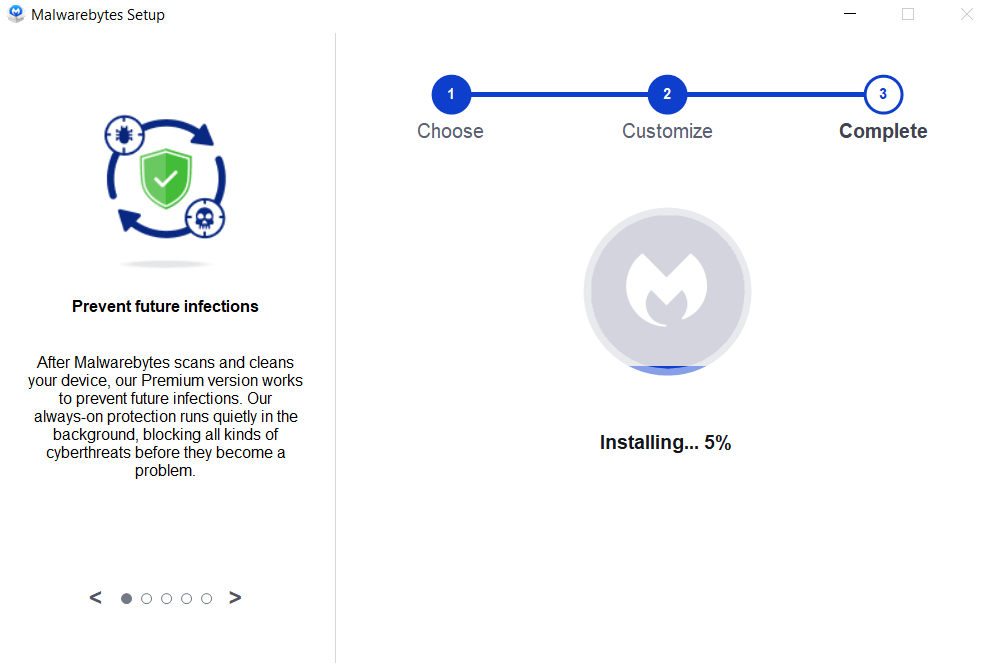
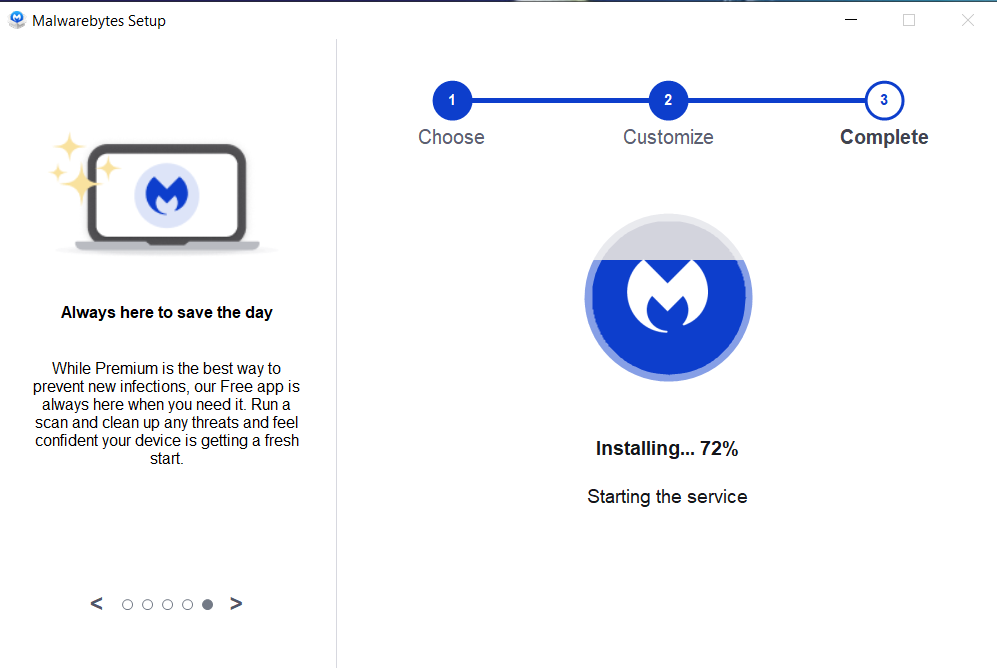
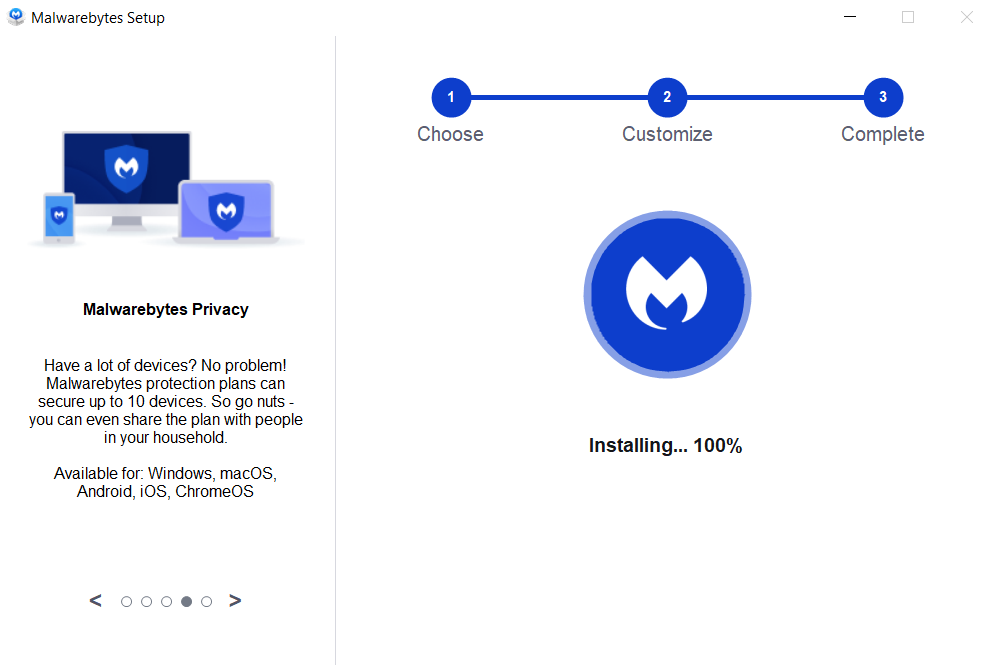

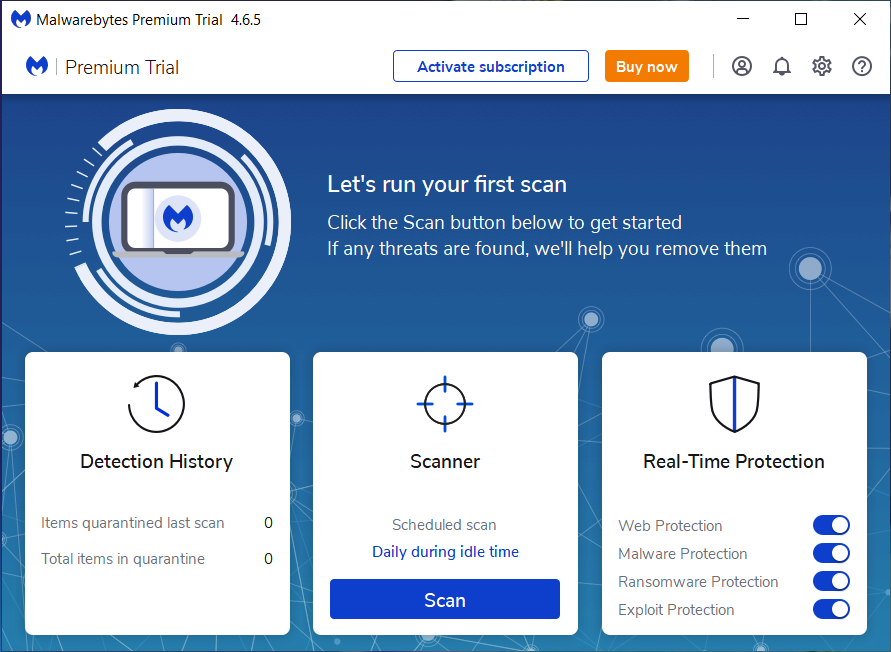
If The Malware Persists Or If You Encounter Difficulties During The Removal Process, You May Want To Seek Assistance From The Malwarebytes Support Community Or Consider Running Additional Scans Using Other Reputable Antivirus Or Anti-malware Tools. Remember To Keep Your Security Software Updated And Practice Safe Computing Habits To Minimize The Risk Of Future Infections.
Malwarebytes Is A Leading Cybersecurity Solution Dedicated To Protecting Users From The Ever-evolving Landscape Of Digital Threats. With A Proven Track Record In Malware Detection And Removal, Malwarebytes Offers Cutting-edge Technology To Safeguard Computers And Devices Against Viruses, Ransomware, And Other Malicious Software.
Boasting A User-friendly Interface, Malwarebytes Provides A Seamless Experience For Both Novice And Advanced Users. Its Real-time Protection Capabilities, Coupled With Powerful Scanning Algorithms, Ensure That Users Are Shielded From The Latest Cybersecurity Threats. Malwarebytes Continually Updates Its Extensive Malware Database, Enabling Users To Stay Ahead Of Emerging Risks And Vulnerabilities.
Beyond malware Detection, Malwarebytes Offers Additional Features Such As Web Protection And Anti-exploit Technology, Fortifying Defenses Against Malicious Websites And Zero-day Exploits. The Software's Lightweight Footprint Ensures Minimal Impact On System Performance, Delivering Robust Security Without Compromising Speed.
Whether Used As A Standalone Solution Or In Conjunction With Other Cybersecurity Tools, Malwarebytes Remains A Trusted Ally In The Battle Against Cyber Threats. As A Proactive And Responsive Cybersecurity Partner, Malwarebytes Empowers Users To Navigate The Digital World With Confidence, Knowing That Their Data And Devices Are Safeguarded Against The Latest And Most Sophisticated Threats.
Lkhy Ransomware, Remove Lkhy Ransomware, Uninstall Lkhy Ransomware, Delete Lkhy Ransomware, Lkhy Ransomware Removal, Get Rid Of Lkhy Ransomware| Links1 | Links2 | Links3 | Products | Social Links |
|---|---|---|---|---|
| Home | Blog | Sitemap | Email Checker Tool | |
| About | CSI Links | ISRO Project Code: AA0802 | Offers | |
| Disclaimer | Gallery | Contact Us | Antivirus | |
| Privacy Policy | Software Downloads |